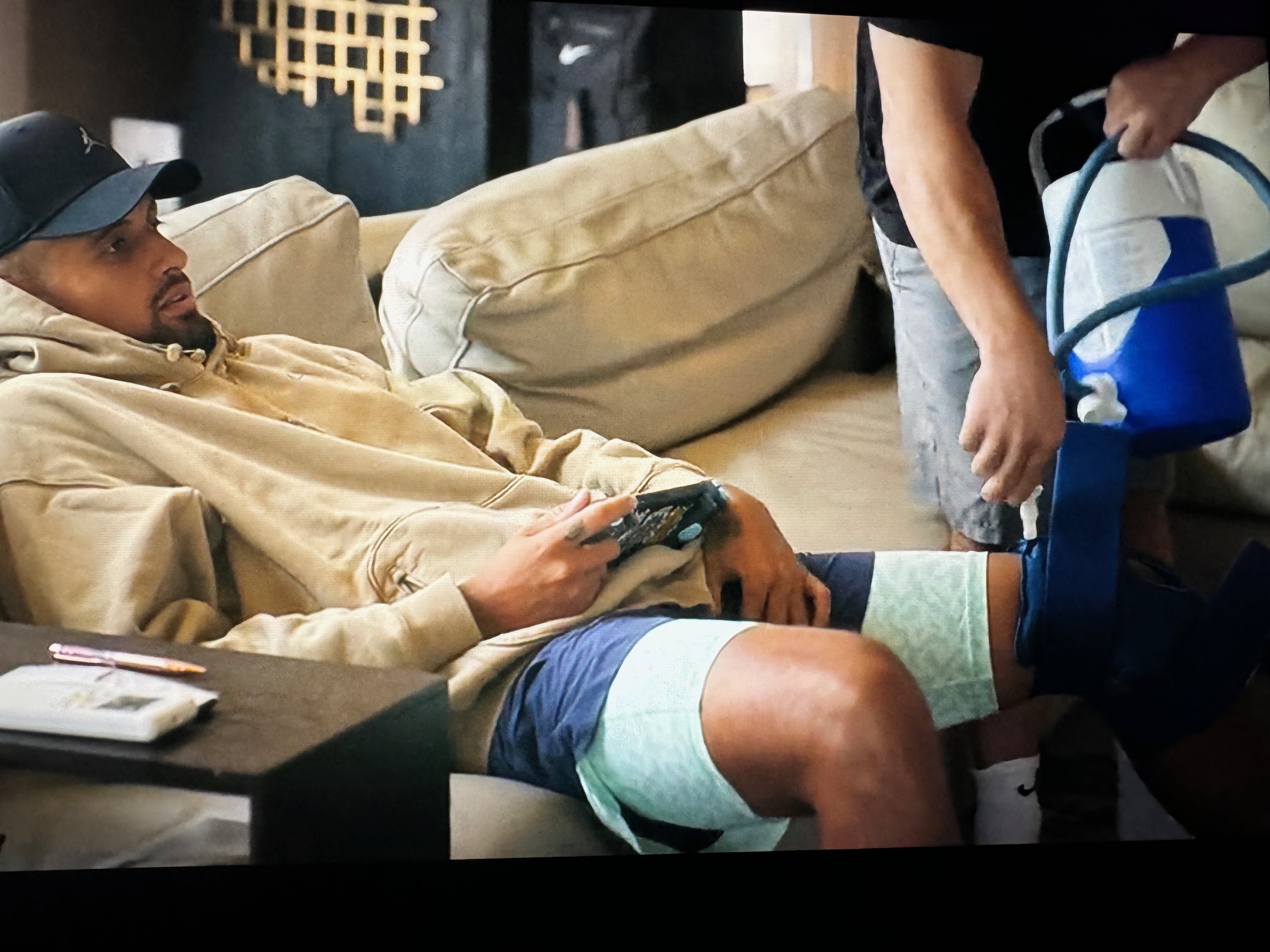Tennis Technology Tuesday
I have to confess that I have never followed World Team Tennis (WTT) very closely. In the COVID-19 era, with little else going on and a little extra star-power participating in the event, I am starting to warm up to it. The format adds an element of excitement and fun.
Due to COVID-19, the WTT is playing the entire 2020 season at a single site, the Greenbrier resort in West Virginia. Since I am basically watching WTT for the first time, I had been making the assumption that the use of Hawk-Eye Live was also a COVID-19 innovation. As it turns out, has been in continual use since the 2018 season.
The only reason that I was aware that Hawk-Eye Live was being used for this year’s WTT event is because it has failed to make a call on a couple of occasions. Those errors of omission were quickly overruled by the chair umpire. It made me wonder about the error rate of the Hawk-Eye system and how it works exactly.
On the error front, the answer is “not all that frequently,” especially given the widespread usage of the system. Most of the visual examples of errors in the Hawk-Eye system are inconsistency between the image presented and the ruling that is rendered. The following example is from a match involving Fabio Fognini and Stevie Johnson.
The only previously documented instance of an error I could find specific to the Hawk-Eye Live system occurred during a WTT match in 2019. In that case the overall system crashed and was unavailable. In that case the chair umpire drew laughs from the crown when he made the announcement that the system was down and amended that statement with the plea, “Wish me luck.”
With respect to the error rate, I would observe that any errors in calculation of the ball trajectory are unlikely to be detected in actual match play. This is because the calculation performed by Hawk-Eye has already been determined to be “correct.” Thus the only possible errors are inconsistency between the image and the ruling rendered and failure to make a call.
Hawk-Eye Live is an evolution to the Hawk-Eye system originally used exclusively for challenges. The Hawk-Eye Live system is supported by two court officials, a chair umpire and a review official in the Hawk-Eye booth that monitors foot faults. The Hawk-Eye Live system in use during the WTT event at the Greenbrier has 12 ball-tracking cameras and six foot fault cameras.
The original Hawk-Eye system used for player challenges was tested by the International Tennis Federation (ITF) with an accuracy requirement of 5mm. In 2015, one source cited that the system typically operates with an error of less than 3mm. I’m going to go out on a limb and say that is significantly more accurate than you average local league player. It is probably actually a little better than on court officials as well.
In the original Hawk-Eye challenge system 5 cameras are placed on each end of the tennis court positioned in line with each line on the court. The information from the cameras is synchronized and geometric triangulation is used to determine the precise location of the ball. Promotional photos of the Hawk-Eye Live system suggests that the additional two cameras are placed mid-court in alignment with the net.
While the technical descriptions of this process used by the system is the word triangulation, simple triangulation would require only two cameras to perform that function. I believe that this is a much more complex implementation of triangulation involving calculations from inputs on all those cameras and fusion of those results to produce a single solution of where the tennis ball is at a point in time.
Once a set of points is determined for the location of the ball corresponding to each frame in the high speed cameras, those points can be combined to graph the trajectory of the ball in three dimensional space. According to manufacturer, the frame rate on the cameras is 1000 frames per second. The practical frame rate of the human eye is typically placed in the 30-60 frames per second range.
Also, according to the official technical specification from the manufacturer, the location of the ball is calculated is the “true center” of the ball. This means that only the center point is tracked through three dimensional space rather than the spatial dimensions of the ball. The spatial dimensions of the ball will only come into play during the bounce, which then becomes combination of trajectory and the location of the center of the ball relative to the court. That location is required to calculate the deformity of the ball and create the visualization of the mark.
Following one of my service points in my practice match Friday, my opponent asked me if I thought she had played an out serve. I honestly don’t know. There are a lot of players in my orbit who would consistently play that serve as in and others I am almost certain would always call it out. The thing is, I don’t know which constituency is correct. Probably neither, at least on a consistent basis.
I would embrace electronic line calling technology if it was available at the consumer level. From a practical standpoint, I don’t believe it will ever will.
I will leave off today with a short video that illustrates the challenge of humans making line calls.
- World TeamTennis To Use Hawk-Eye Live Line-Calling System For 2018 Season, World Team Tennis, July 6, 2018.
- Lasers top Freedoms in WTT title rematch, Jeff Kessinger, Springfield News-Leader, July 16, 2019.
- WTT 2020 World Team Tennis Media Information, https://wtt.com/wp-content/uploads/2020/07/2020-WTT-Media-Guide-Season-45.pdf, viewed July 18, 2020.
- Hawk-Eye: Tennis’ greatest innovation that keeps Wimbledon’s umpires on their toes, How It Works, September 7, 2015.
- Electronic Line Calling Technology: How it works, Hawk-Eye Innovations, viewed July 18, 2020.
- How many frames per second can the human eye really see?, Alex Wiltshire, PC Gamer, January 19, 2017




I got to catch some of WTT last weekend – Washington V Vegas. Doubles matches are not televised much so it was a treat to watch the Bryan brothers play.
I also noticed that no line callers were used – just Hawk-eye.